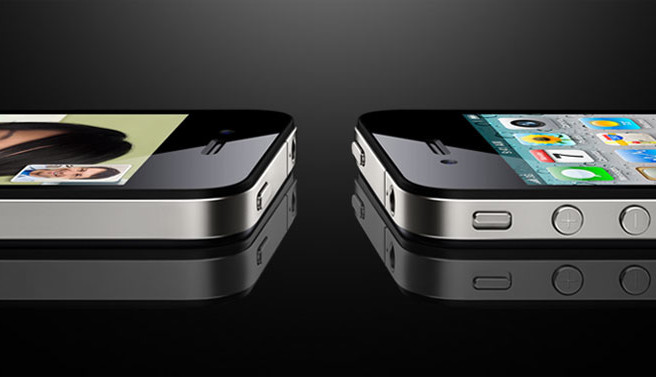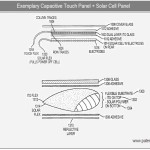Will The iPhone 5 Be Solar Powered?
June 08, 2010
on
on

 (FaceTiming?) last night. But a very interesting Apple patent is giving us a glance into the future of the iPhone and iPod. It seems Apple has aspirations of engineering solar powered media players and phones. Two things stand out. First the patent was filed for a whole range of devices from iPod to iPad. And second, the solar cells are integrated beneath the device its multi-touch surface as opposed to it being applied to the top surface of their media players as previously thought. If Apple decides to use the technology described in this patent, we won't even be able to see the difference between a normal and a solar powered iPhone. The solar cells could be used to recharge the batteries or directly power the device (or both). Since the new iPhone uses glass on both sides of de device, I wouldn't be surprised to see solar cells on both sides of the device as well.
(FaceTiming?) last night. But a very interesting Apple patent is giving us a glance into the future of the iPhone and iPod. It seems Apple has aspirations of engineering solar powered media players and phones. Two things stand out. First the patent was filed for a whole range of devices from iPod to iPad. And second, the solar cells are integrated beneath the device its multi-touch surface as opposed to it being applied to the top surface of their media players as previously thought. If Apple decides to use the technology described in this patent, we won't even be able to see the difference between a normal and a solar powered iPhone. The solar cells could be used to recharge the batteries or directly power the device (or both). Since the new iPhone uses glass on both sides of de device, I wouldn't be surprised to see solar cells on both sides of the device as well."Apple's patent FIG. 10 shown above illustrates an exemplary capacitive touch sensor panel fabricated using a D-ITOsubstrate 1000 and including a solar cell panel 1014. The DITO substrate may be made out of any transparent material, for example, clear glass, plastic, hybrid glass/plastic materials, and the like. The DITO substrate may include column traces 1004 and row traces 1006 on either side of the substrate. Alternatively, Apple's FIG. 11 (not shown) illustrates a "Single" versus a "Double" or D-ITO layer substrate construction. In Apple's patent FIG. 13, Apple presents us with an overview of a flexible substrate (1300) that has a touch sensor ITO pattern (1302) on one side of the substrate and a conductive solar polymer layer (1304) on a second surface."
For more schematics and information on the patent: PatentlyApple.
Read full article
Hide full article



Discussion (5 comments)
Zaposlitev 14 years ago
Zaposlitev 14 years ago
Virginia Spall 14 years ago
rippln mobile 11 years ago
olivia lee 6 years ago